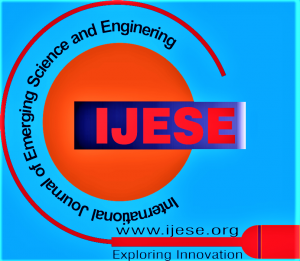![]()
An End-to-End Pipeline for Medical Image Enhancement Using GANs Architecture
Jaskaran Singh1, Tirth Patel2, Apoorv Dankar3
1Jaskaran Singh, Department of Computer Science Engineering, University of Toronto.
2Tirth Patel, Department of Computer Science Engineering, University of Toronto.
3Apoorv Dankar, Department of Computer Science Engineering, University of Toronto.
Manuscript received on 30 December 2022 | First Revised Manuscript received on 29 December 2024 | Second Revised Manuscript received on 23 January 2025 | Manuscript Accepted on 15 February 2025 | Manuscript published on 28 February 2025 | PP: 32-39 | Volume-13 Issue-3, February 2025 | Retrieval Number: 100.1/ijese.E74300111523 | DOI: 10.35940/ijese.E7430.13030225
Open Access | Editorial and Publishing Policies | Cite | Zenodo | OJS | Indexing and Abstracting
© The Authors. Blue Eyes Intelligence Engineering and Sciences Publication (BEIESP). This is an open access article under the CC-BY-NC-ND license (http://creativecommons.org/licenses/by-nc-nd/4.0/)
Abstract: Medical Imaging is used by radiologists for diagnostic purposes and to check for abnormalities, and these imaging techniques involve radiation. Overexposure to radiation can harm the human body, and using less radiation gives us a noisier output. Hence, radiologists find it difficult as there is a trade-off between the amount of radiation that can be used and the quality of the image. Moreover, noise in medical images can occur due to fluctuations in photon counts, reflections of radiation from the subject, or instrumental vibrations or faults. The proposed approach is a pipeline that begins with denoising using a GAN architecture, where two models have been trained: one for handling all types of noise and the second specifically for Poisson noise. Furthermore, post-processing methods such as single-shot HDR using Retinex Filtering and Edge Enhancement using unsharp masking have been employed to achieve a structurally more similar and enhanced denoised image.
Keywords: Computational Imaging, Medical Imaging, Denoising, Generative Adversarial Networks, HDR, Edge Enhancement.
Scope of the Article: Computer Science and Applications
